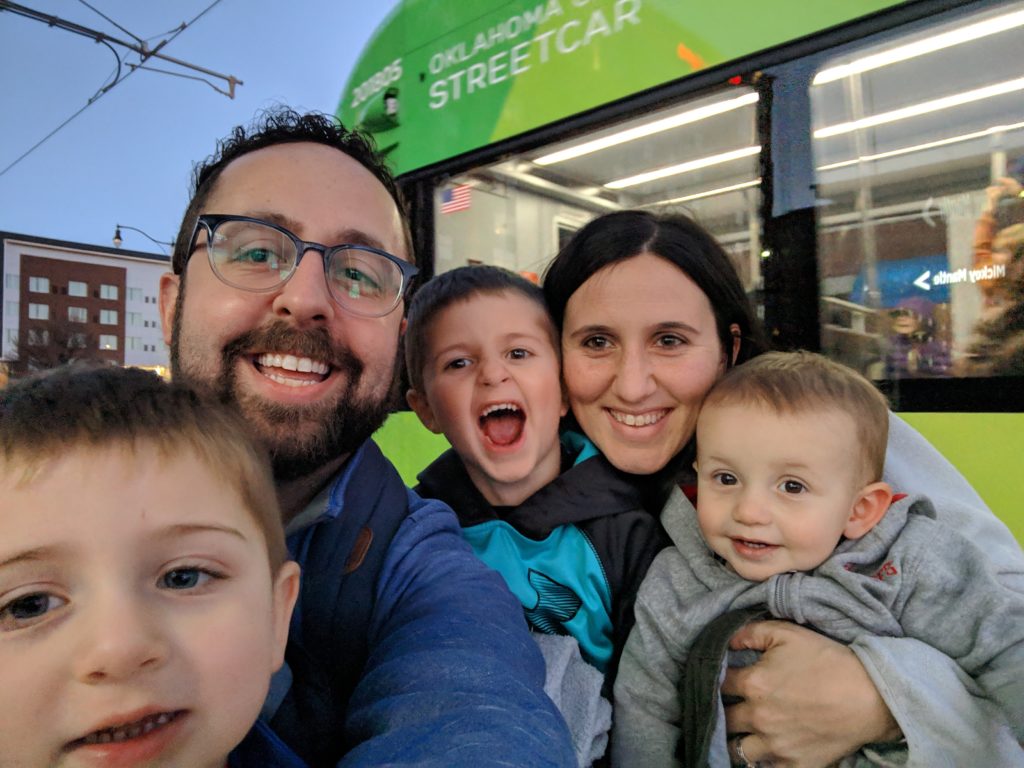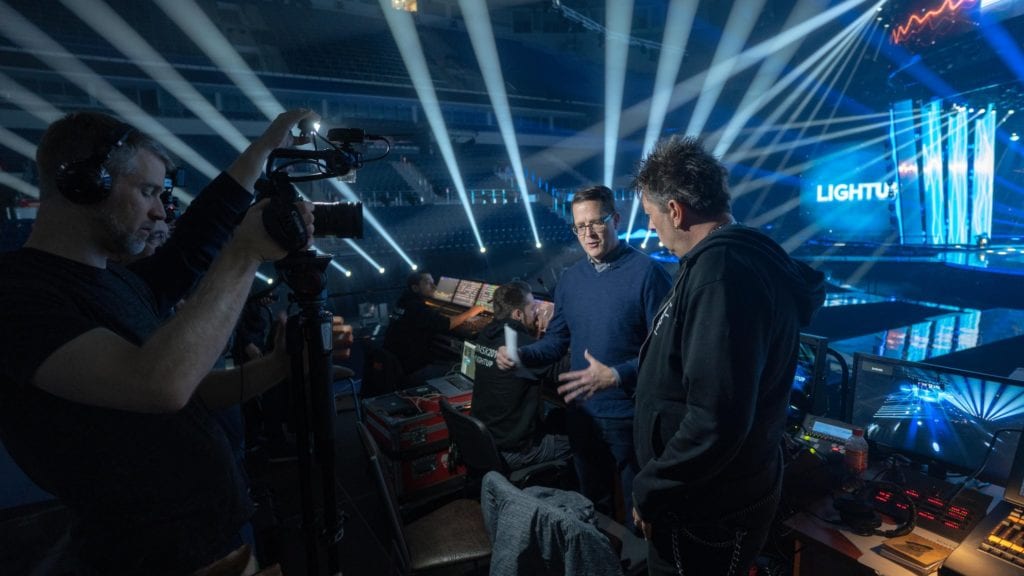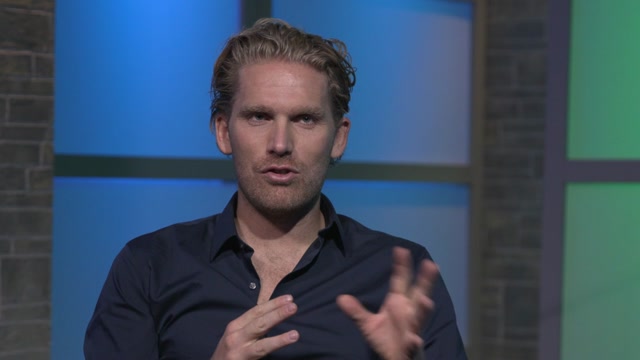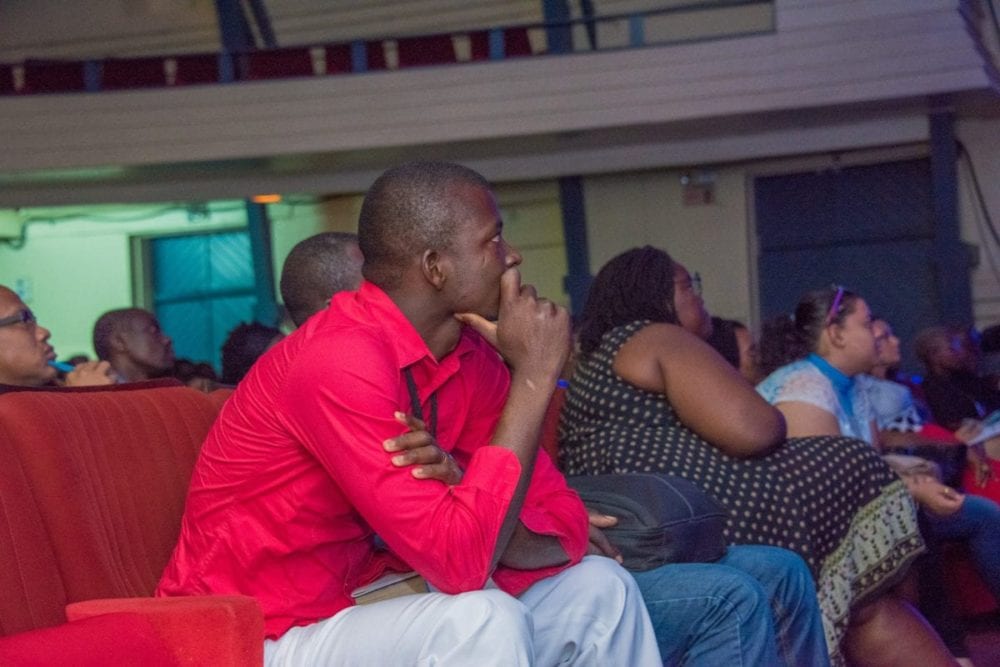
The best leaders are not born with superior leadership skills.
What sets them apart is a highly-developed personal vision, that compels them to maximize their leadership abilities in order to see that vision fulfilled.
If you want to jump-start your personal leadership, clarify your personal vision.
A personal vision is that innate, unshakable understanding of the role you have been uniquely designed to fulfill. It’s not a job description, it’s not a personality type, and it’s not a fleeting emotional response to particular needs you happen to notice.
A personal vision runs much deeper than that. It’s a profound definition of “who you are” and of “what makes you tick,” that ultimately prompts you to want to lead at the highest level possible.
A personal vision runs much deeper than that. It’s a profound definition of “who you are” and of “what makes you tick,” that ultimately prompts you to want to lead at the highest level possible.
One of the clearest examples of this is found in the life of Moses; a leader whose story is found in the first five books of the Bible.
From his earliest days, Moses’ life was defined by his hatred of oppression in any form. Whenever Moses witnessed oppression, something deep within him was stirred and he felt compelled to act.
In one such instance, Moses witnessed an Egyptian task-master abusing a Hebrew slave. Moses couldn’t stand it. At the sight of this oppression, something inside Moses snapped, and he ended up killing the Egyptian (Exodus 2:11-12).
Later, Moses witnessed a group of shepherds harassing seven sisters who were attempting to draw water from a well. Once again, Moses’ deeply-held desire to free the oppressed boiled over, and he came to the rescue of the women. (Exodus 2:15-17)
Most of us know the story of Moses as the great leader who led the Israelites out of slavery in Egypt. But the key leadership question to be asked is, “What made Moses such an ideal candidate to lead this mission?”
The answer is clear: Moses led out of a personal vision to free the oppressed. And it was that clarity of vision that compelled him to become the leader he would need to be to accomplish the task. Moses’ personal vision to free the oppressed uniquely qualified him to lead the Israelites to freedom.
Each of us as leaders must similarly bring clarity to our own personal vision. Like Moses, we need to be able to know exactly what it is that drives us forward; we must be able to articulate that deep inner purpose that fuels our leadership.
Because the clearer your personal vision, the more compelling your personal leadership will be.
How can you discover your personal vision? Start the journey by asking yourself these five questions:
1. What seems to be the “common denominator” in the causes to which you’re drawn?
2. When you look at great leaders whom you most admire, what are the common qualities you see?
3. In what arenas has your leadership tended to be the most effective?
4. How would others describe your areas of passion?
5. When you one day look back on your life, where would you like to have made the greatest impact?
To be clear, discovering your personal vision will not make you a great leader. But it will start you on a journey towards greater leadership effectiveness.
Because the clearer your personal vision, the more compelling your personal leadership will be.


 On the outside I was an ambitious, trustworthy, servant-hearted, excited, kingdom-minded man. I have an incredible, beautiful wife and we have fun-loving, studly sons. My social media showed a lot of wins and successes. As a student pastor, I was in my sweet spot. I was close to a dream job, and at the time, I couldn’t ever imagine doing anything else.
On the outside I was an ambitious, trustworthy, servant-hearted, excited, kingdom-minded man. I have an incredible, beautiful wife and we have fun-loving, studly sons. My social media showed a lot of wins and successes. As a student pastor, I was in my sweet spot. I was close to a dream job, and at the time, I couldn’t ever imagine doing anything else. I would have given up on working in the church a few years ago if it had it not been for the continual reminder from the Summit that the local Church is the hope of the world.
I would have given up on working in the church a few years ago if it had it not been for the continual reminder from the Summit that the local Church is the hope of the world. In a world where almost everything is automated, I want so much for people to personalize their interactions. A return to handwritten notes and meaningful texts. A return to face-to-face conversations. Our culture seems to value speed and efficiency, but I want to slow down and be present with people. I also want to see our faith community to do the same thing. I want the church to be a true community and not a gathering where people feel alone.
In a world where almost everything is automated, I want so much for people to personalize their interactions. A return to handwritten notes and meaningful texts. A return to face-to-face conversations. Our culture seems to value speed and efficiency, but I want to slow down and be present with people. I also want to see our faith community to do the same thing. I want the church to be a true community and not a gathering where people feel alone.











Recent Comments